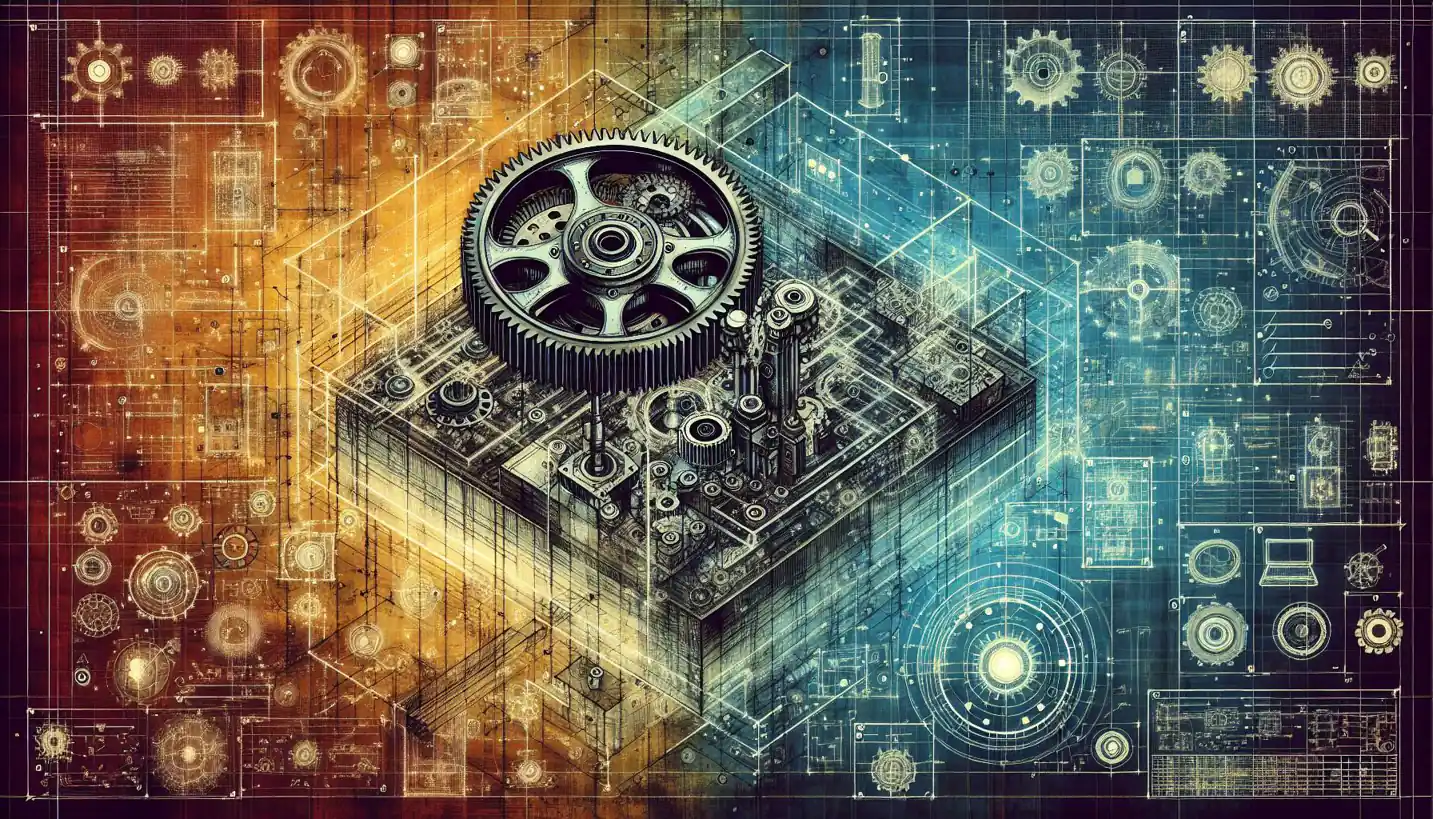· Engineering · 4 min read
Diode: Secrets of This Electrical Engineering Marvel
Diodes are electrical marvels controlling current flow in a single direction. Explore their secrets and how they are vital in modern electronics.

Ever held a tiny gadget and wondered what makes it tick, especially how it directs electricity in the way it should? The unsung hero in many electronics is the diode. Let’s dive into the fascinating world of diodes and why they’re crucial in electrical engineering.
What is a Diode?
At its heart, a diode is like a one-way street for electricity. Imagine a water pipe with a valve—open it one way, and water gushes through; try the other way, and nothing happens. That’s a diode’s role in an electrical circuit, allowing current to flow in one direction only. This simple function has profound implications for how we harness electricity.
How Do Diodes Work?
Diodes are made from semiconductor materials, typically silicon, which belong to a category of materials that sometimes conduct electricity and sometimes act as insulators. It’s this dual nature that makes semiconductors perfect for controlling electrical currents.
When you look inside a diode, you’ll find two layers of semiconductor materials. One layer is filled with excess electrons (a negative charge), while the other lacks electrons (a positive charge). These are known as the N-type and P-type materials, respectively. Place them together, and they create a junction. This junction is where the magic happens. When voltage is applied in one direction, it pushes electrons across, allowing current to flow. Flip the voltage, and the flow stops.
Diodes in Everyday Life
You might not realize it, but diodes are all around you, making modern life possible. Every time you use a charger for your phone or switch on a household appliance, diodes are hard at work. For instance, in a phone charger, diodes help convert AC (alternating current) from the wall socket to DC (direct current), which your phone’s battery can use.
Different Types of Diodes
While the basic operation of all diodes is the same, they come in various types, each suited to specific tasks. For example, LEDs (Light Emitting Diodes) are a type of diode that emits light when current passes through. These diodes are now crucial in everything from TV screens to car headlights.
There are also Zener diodes, which are used in voltage regulation. Unlike regular diodes, they allow current to flow backward when a specific voltage is reached, helping to maintain a consistent output voltage. This makes them essential in protecting sensitive electronic components from voltage spikes.
The Role of Diodes in Electronics
The discovery and application of diodes revolutionized electronics. Before diodes, electronic devices were cumbersome and inefficient. Imagine trying to watch a movie on a TV using technology from the pre-diode era—bulky, power-hungry machines that couldn’t manage the precision needed for modern displays.
With diodes, devices became smaller, more efficient, and faster. They’re the unsung heroes that enable the compact, powerful gadgets we rely on today. In fact, the development of small-scale electronics like smartphones was only possible because of advances in diode technology.
Fascinating Future of Diodes
As we look towards the future, diodes will continue to play a critical role, especially in sustainable technology. Solar panels, for instance, rely heavily on diodes to ensure electricity generated from sunlight flows in the right direction. Research is ongoing to improve diode efficiency, making green technologies even more viable.
Challenging Diode Dilemmas
While diodes are incredibly useful, they aren’t without challenges. A significant problem is energy loss, as diodes naturally dissipate some energy as heat. This is why research in diode technologies often focuses on minimizing these losses to improve energy efficiency.
Additionally, as electronics become smaller, there is a need for diodes to shrink as well—without losing their effectiveness. Meeting these demands pushes the boundaries of what’s possible in materials science and engineering.
Why Diodes Matter
Why is the humble diode so important? In essence, diodes allow us to control electricity with precision. This control is what powers innovations across industries, from medical devices that save lives to everyday gadgets that connect us to the world.
By understanding diodes, we appreciate the ingenuity behind modern technology and the ongoing quest for better, more efficient electronics. The diode is a testament to human innovation, offering a glimpse into the microcosm of electronic engineering where small changes lead to significant impacts.
The Takeaway
The world of diodes might seem small and technical, but their impact is monumental. Next time you flip a switch or charge your gadget, remember the tiny diode, guiding electrons silently and reliably. Their story is an inspiring example of how something so small can wield such incredible power, shaping the way we live and innovate.
Diodes exemplify the greatness of engineering—turning complex scientific ideas into practical, everyday miracles. Whether in our current devices or future innovations, their legacy continues, promising ever greater wonders.



